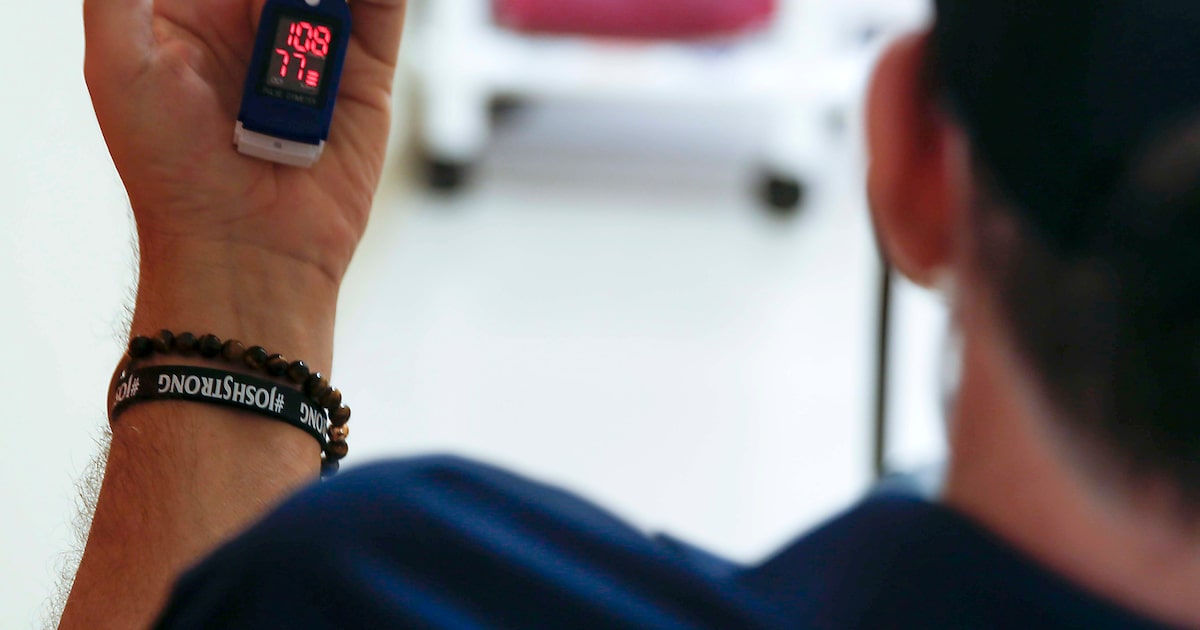A University of Texas at Arlington scientist is creating a Band-Aid-like patch to help damaged hearts recover after heart attacks.
With $2.77 million in funding from the National Institutes of Health over four years, UT Arlington professor of bioengineering Yi Hong is designing the patch, which can be placed over the scar tissue left behind by a heart attack. Loaded with growth chemicals that spur healing, the patch is meant to reduce scarring, encourage new cardiac muscle and help restore the heart’s electrical rhythm.
While death by heart attack has dropped significantly in the last five decades, over 800,000 Americans experience one each year, with one happening every 40 seconds, according to the Centers for Disease Control and Prevention.
During a heart attack, blood flow to that organ is blocked, killing cardiac muscle cells. In the aftermath, cells involved in wound healing lay down scar tissue that can’t contract or carry electrical signals. These injured areas stiffen, forcing the rest of the heart to work harder to contract and pump blood. The larger the scar, the higher a person’s risk of heart arrhythmia, heart failure and sudden cardiac death.
Breaking News

Yi Hong is a professor of bioengineering at the University of Texas at Arlington.
Kim Wasson Eagan
For the past two decades, blood pressure drugs like ACE inhibitors and beta-blockers have been used to slow the heart’s harmful reshaping after an attack. While helpful, these drugs don’t rebuild dead muscle, and long-term outcomes have not changed much for people with sizable scars.
That’s where implantable cardiac patches like Hong’s come in. In his UT Arlington lab, Hong and his colleagues are building a soft, stretchy patch that moves safely with each heartbeat. The patch is infused with nanoparticles carrying regenerative chemicals made by cardiac connective tissue. Connective tissue is found throughout the body and handles many jobs, chief among them repair and regeneration.
Synthetic versions of this cardiac connective tissue have repaired hearts after an attack in some animal models. Similar patches that include the tissue itself have shown promise in rat and pig models of heart attack.
Placed directly over the scar, the patch gives the heart mechanical support while new tissue grows, Hong said. While it’s made from a polymer that isn’t naturally conductive, the team tweaked the patch with chemicals to allow it to carry electrical signals across injured portions of the heart.
“This kind of material is gradually degradable,” Hong said, “so it will eventually disappear in the body.”
How long the patch stays in place may depend on the extent of the scarring. Hong’s team is testing the durability of the patch in the lab while fine-tuning its design. Early animal studies have been promising, Hong said, and with the NIH support, the group plans to move to preclinical studies with larger models — particularly pigs, whose hearts are anatomically and functionally close to ours. Hong is collaborating with researchers at Columbia University in New York on the patch’s design and performance.
Looking ahead, Hong envisions placing the patch with a minimally invasive procedure — no open-heart surgery required. With donor hearts scarce and mechanical pumps costly and prone to complications, he hopes the approach could offer a safer, more accessible way to blunt the toll of heart disease in the United States and beyond.
Miriam Fauzia is a science reporting fellow at The Dallas Morning News. Her fellowship is supported by the University of Texas at Dallas. The News makes all editorial decisions.
